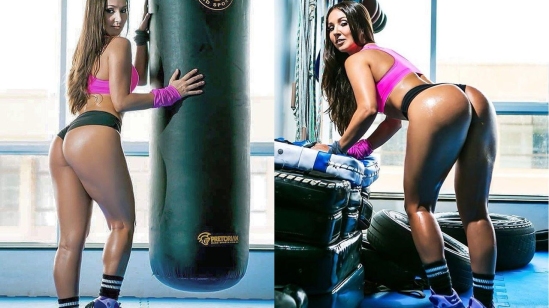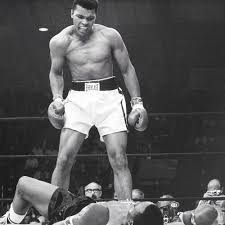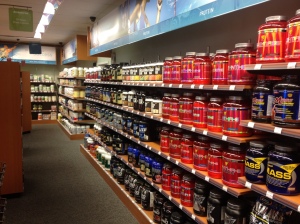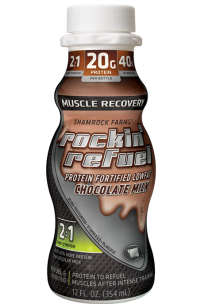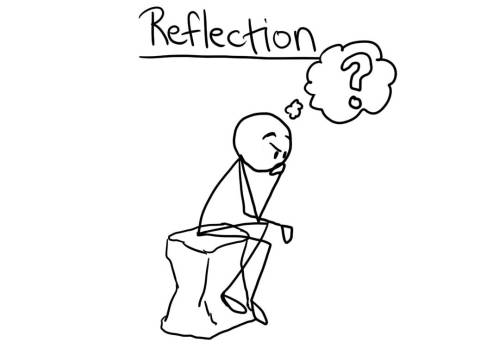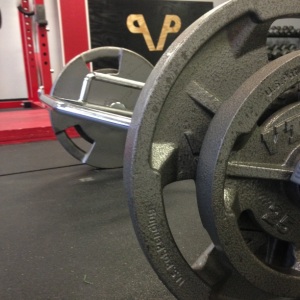As I scroll through Instagram I can’t help but see sexy women wearing the tightest two piece outfit you’ve ever seen flushing their wonder pill down with some type of revolutionary new drink. Wearing matching shoes with their outfits, long flowing hair and the whitest teeth I’ve ever seen! Then you have the guys working out at some big box gym not wearing a shirt (doesn’t every gym have a shirt on policy?) with his body that looks like a sculpture and has just the perfect amount of sweat, not too dry and not quite dripping. He makes a grimacing noise while performing some acrobatic movement with a kettlebell while most likely on an unstable surface. They all have some type of cliché motivational quote that I’m sure will make you want to run to the gym!
And here I am watching these images and videos on my phone drinking a half flat Mountain Dew and 83 pounds overweight according to a BMI calculator! I weigh 255 pounds and haven’t seen 172 since middle school! I grew up in a house where my mom made biscuits and gravy with bacon every Sunday. I like food and beer. I just keep using the term “big boned”, hahaha!
The crazy thing about today fitness world and false reality is that looks are the most underlying resume and prerequisite the public uses. People never ask about education, certificates, and background knowledge or work experience. Instead, the general public will look at a person’s physique and assume that if this person looks the way they do then surely they can get me to look like that as if we are all machines and have a universal code that only people with 3% body fat know.
I am everything opposite of those videos. I love to eat. Although I hate doing it, I eat fast food at least once a week. It’s not because I choose to but because I have a crazy schedule. Trying to juggle the life of 3 young children as well as never ending tasks as a homeowner, it just happens. In a perfect world I work out twice a day, be a vegetarian and have a fiber intake of 25 grams a day. I try my best, I eat fruits, vegetables, and I consume plenty of protein. I definitely don’t have the ideal body that most guys would want but when comes to knowledge; I would put my resume up to most in social media.
The point of this post is for people to understand that you can’t compare yourself to those images and people on social media. They have freak genes, probably don’t have a job and are given supplements (which most likely play a 1% role in their appearance). If you chose to find a Personal Trainer, don’t choose one based off of appearance. Ask questions, do your research!
Do what you can. Try to add more whole foods in your diet and try to add 3 days a week of exercise for 30 minutes. Will you look those people you see in the videos? I can pretty much guarantee no! BUT, you will feel better, move better and hopefully add a couple more days onto the end of your life for you watch what the next Instagram model does.
